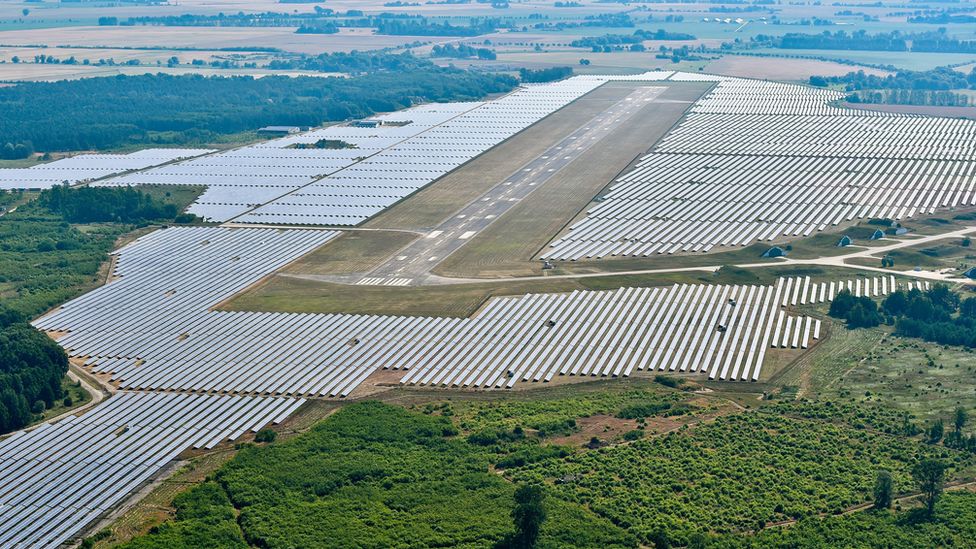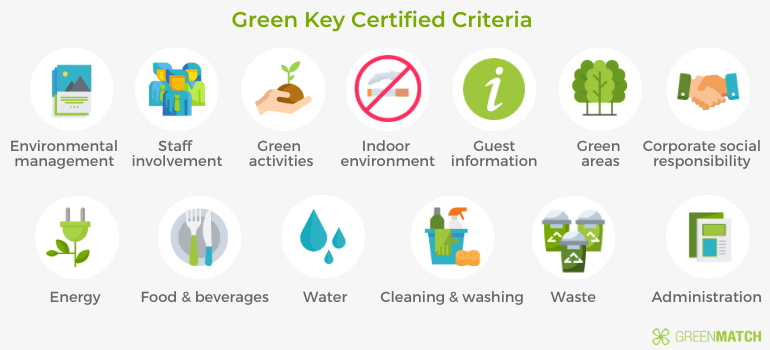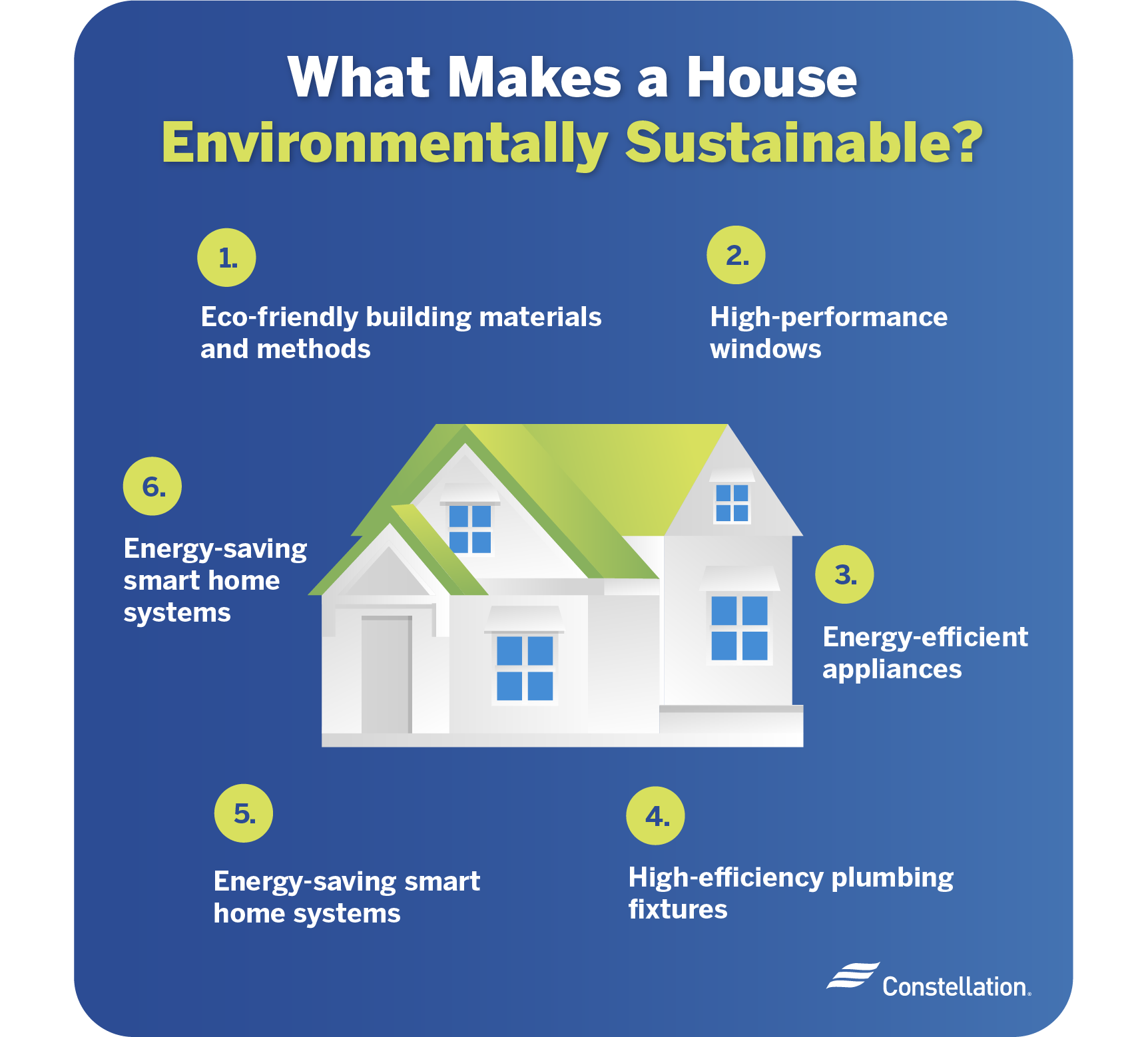Earth, it’s the only home we have. Even so, it’s shocking to see how poorly we treat the planet. We’ve built our modern day society off of crude fossil fuels like petroleum, natural gas and coal. 80 percent of the U.S.’s energy consumption is based off of these types of crude energy resources; they heat our homes, fuel our cars, generate electricity, etc. The other thing fossil fuels do is emit high level of carbon dioxide emissions, which results in greenhouse gasses…the very thing that creates global warming. And no, global warming is not a myth. We are changing the face of the planet, and it’s not for the better.
Our growing population is demanding larger quantities of non-sustainable, quick energy than ever before. We are depleting our crude energy resources while simultaneously harming the plant. Lets switch our attention away from crude energy and towards renewable energy resources— like solar power.
Over the course of 30 years, a single home can offset up to 178 tons of carbon…multiply that by other households across the country and throughout the world and we can improve so much! A solar home is a green home, which happens to also bring some extra cash into your pocket. With innovative new solar solutions, you can reduce your overall utility costs by up to 40%.
Clean Energy Source
Solar energy comes from the sun; it’s one of nature’s gifts that can be used to produce electricity without producing carbon emissions or other pollutants. This means that using solar power instead of fossil fuels helps reduce air pollution and protects our environment from harmful toxins. It also helps reduce global warming by reducing greenhouse gases that are created when burning fossil fuels. By switching to solar power, we can help preserve our natural resources and protect our planet from further damage caused by climate change.
Reduces Dependence on Fossil Fuels
The demand for fossil fuels is increasing due to population growth and increased usage of electricity in homes and businesses around the world. But this demand for energy also creates a greater strain on our natural resources as well as contributing to carbon emissions which contribute to climate change. By investing in solar power, we can reduce our dependence on these non-renewable sources of energy while still meeting our electricity needs. In addition, using solar panels instead of traditional methods like coal or gas reduces both the cost associated with producing electricity as well as the environmental costs related to these forms of energy production.
Cost Savings
When making the switch to solar power, people often underestimate how much money they can save on their monthly utility bills as well as tax credits or rebates they may qualify for. Many states offer incentives such as tax credits or rebates for those who switch over to solar power; this helps make it more affordable while still providing clean and renewable energy sources for homes and businesses alike. Additionally, investing in a solar system now will pay off down the road since you won’t have to worry about rising prices for traditional electricity sources in the future.
In case you do make the switch to solar, know that there is a Residential Solar Investment Tax Credit (ITC) that provides a 30% tax credit on residential solar systems. This incentive won’t be around forever— it ends on December 31st, 2016! On January 1st, 2017, the Residential Solar Investment Tax Credit will no long be available; however, there will be a remaining commercial tax credit (which will be reduced to 10 percent).





